Fortress of Jesus at Mombasa - Kenya's world cultural heritage
Unesco's Scientific, Educational and Cultural Organization recognized Kenya's Fortress in Mombasa as a World Cultural Heritage in 2011.
Fort Jesus in the city of Mombasa, Kenya was built by the Portuguese during the period from 1593 to 1596. The fortress was built based on the Italian architect's design - Giovanni Battista Cairati. Like most fortresses, the purpose of building the fortress of Jesus is to protect the port of Mombasa.
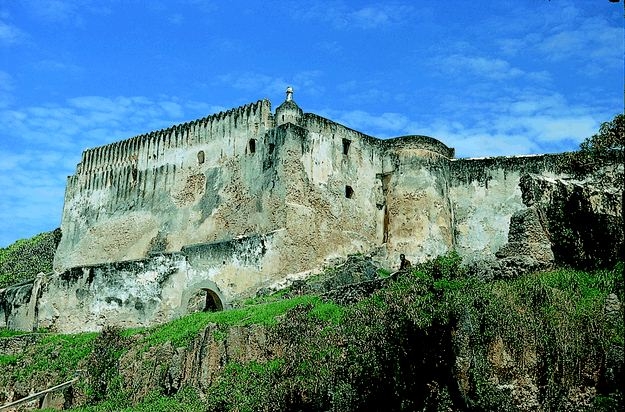
Fortress Jesus in Mombasa, Kenya
It can be affirmed that the fortress of Jesus is not only a historical work, but this fortress is also a typical architectural work on the model of Portuguese military fortress in the 16th century. The station is built according to Renaissance architecture with the standard of perfect balance rate and high harmony in composition. The whole area of the fortress includes the surrounding moats of about 2.36 hectares. Besides the elements of history, time and architecture, the fortress of Jesus is also a clear evidence of the diverse cultural values with influence between the peoples of Africa, Arab, Turkey. Persia and even Europe.
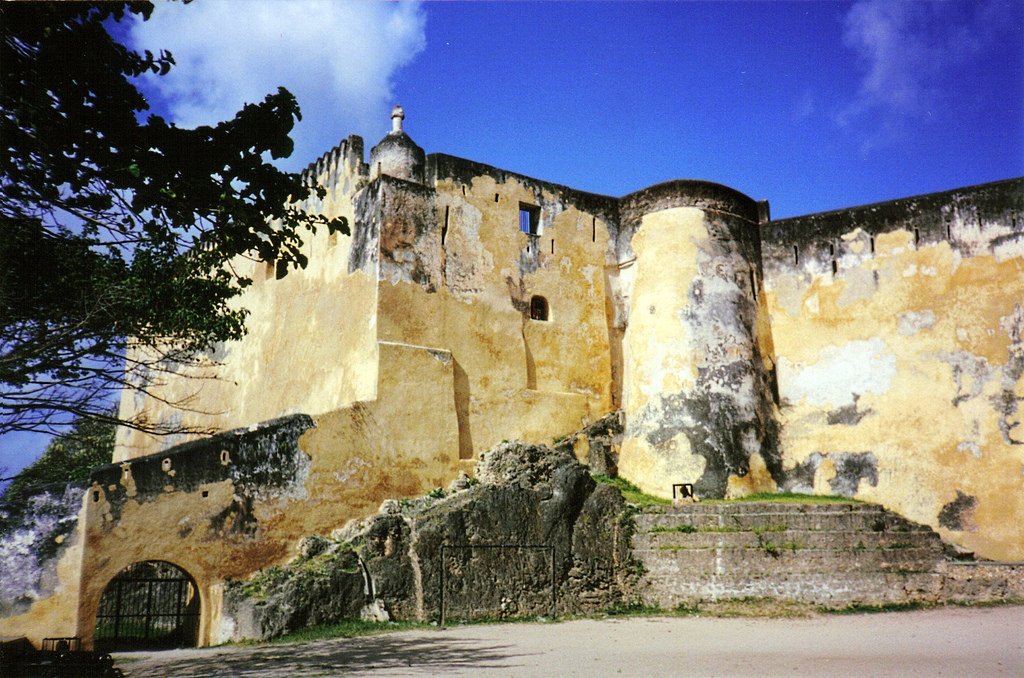
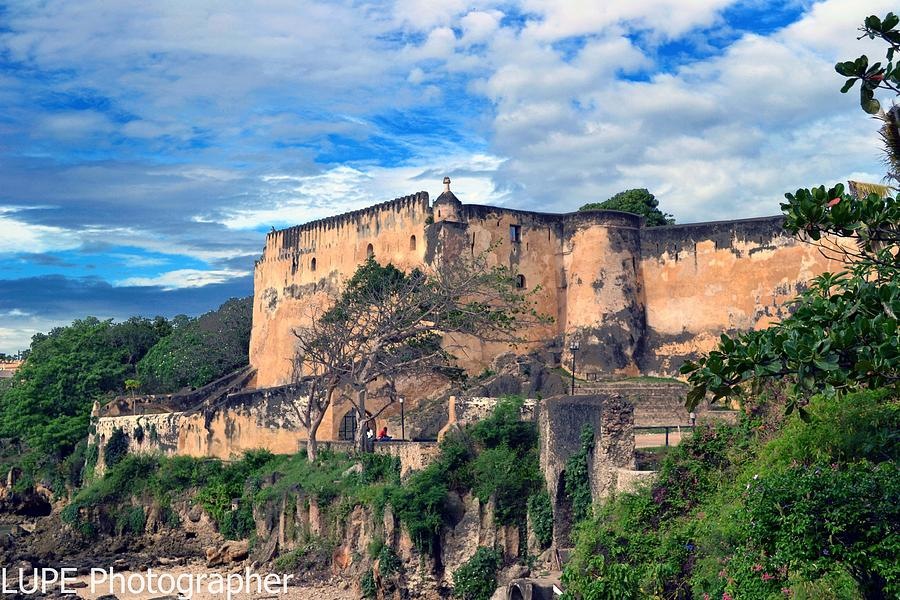
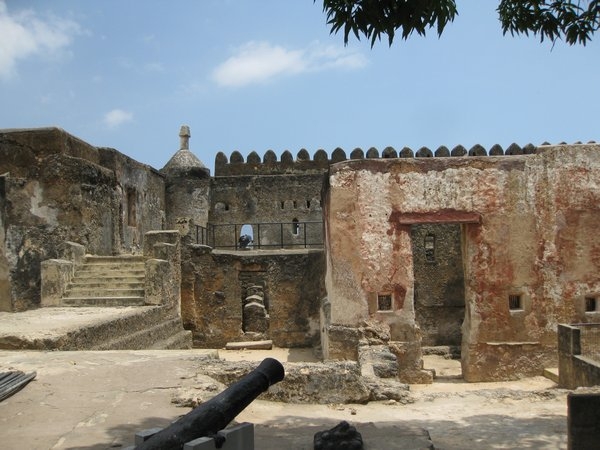
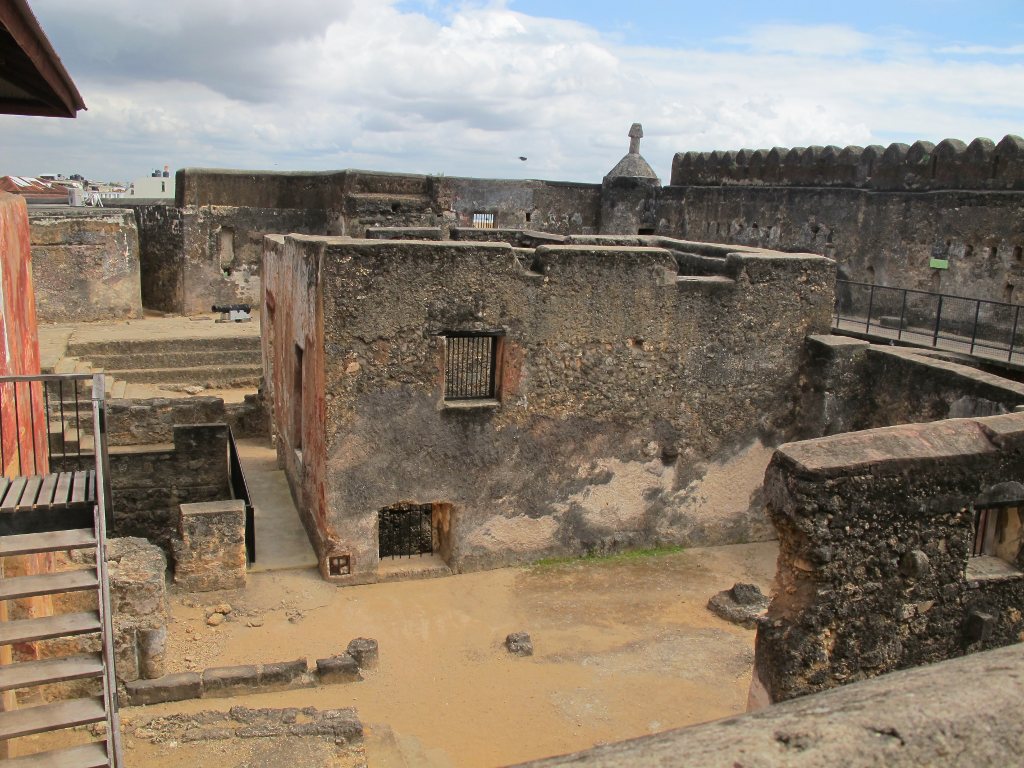
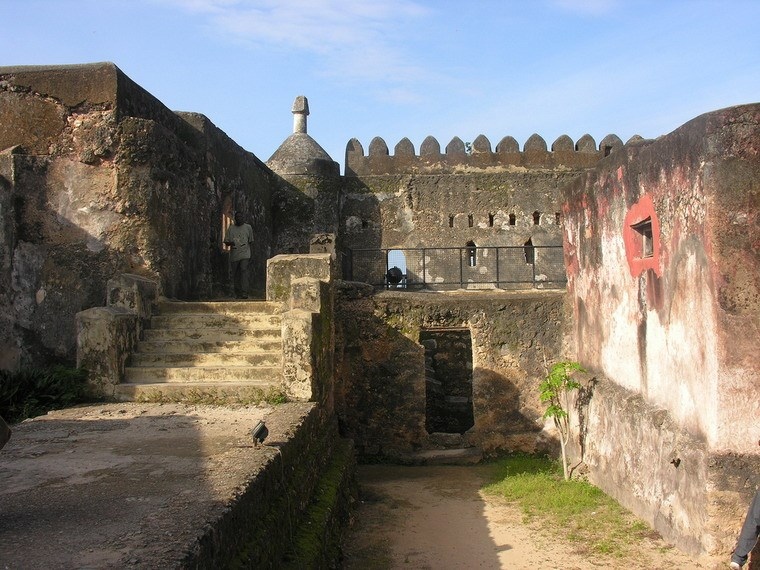 Fort Jesus was built by the Portuguese from around the 16th century. This is not only a beautiful architectural building built in Renaissance style but also a testament to the cultural diversity when there is a conclusion. African, Arabic, Turkish, Persian and European culture.
Fort Jesus was built by the Portuguese from around the 16th century. This is not only a beautiful architectural building built in Renaissance style but also a testament to the cultural diversity when there is a conclusion. African, Arabic, Turkish, Persian and European culture.
Constructed according to the Renaissance architecture, the fort used traditional construction of indigenous people combined with local materials such as stone, coral . created an extremely impressive appearance. statue for the fortress. Besides, the construction position on a coral island branch also contributes to create a strong attraction for this architecture.
Mombasa is the second largest city in Kenya and is also the only port city in this East African country. Speaking of Mombasa people remember the rich, rich city with a key location, trade between India, Oman and Europe. Therefore, the cultural layers are continuously intertwined, intertwined and harmonized in the old town. Today, although this city has passed the golden age, but the imprints of a glorious time still print on every wall, street and especially the Fortress of Jesus.
The solid walls of the fortress shone down on the Indian Ocean. In the past, Captain Vasco da Gama had stopped here before arriving in India to open a sea trading route from Europe to Asia. Old town with many cultural layers piled up between Swahili, Indian, Oman and Portuguese. The spice market with enough colors and fragrances for hundreds of years is still hustle and bustle. Also from here, each large boat group went out to bring the scent of chili, garlic, cinnamon . spread to all four seas.
The fortress of Jesus at Mombasa is recognized as a World Cultural Heritage by Unesco according to criteria (ii), (iv).
Criterion (ii): The fortress was built during the flourishing period of Mombasa city. At that time Mombasa was the region's emerging political, cultural and commercial center. Fortress Jesus with majestic architecture and grace is created from the combination of many cultural values of the peoples of Africa, Arab, Turkey, Persia and even Europe. The role of the fortress as well as the city of Mombasa is especially important when it has cultural diversity as well as a place of special economic and commercial development.
Criterion (iv): Fort Jesus is a testament to the progress in how to build defense and defense systems in the 15th and 16th centuries. Besides, the fortress of Jesus in Mombasa city is also a typical architecture built by the Portuguese in Renaissance style but with a combination of local materials. In addition, Fort Jesus is a testament to the cultural diversity in Kenya.




Built on a part of coral island, Jesus Fort apart from the beautiful and impressive architecture also has extremely solid defense system.
- Masada Fortress - World Cultural Heritage in Israel
- Namhansanseong Fortress - World Cultural Heritage in Korea
- Suomenlinna Fortress
- Agra Fortress - India
- Bethlehem Church - World Cultural Heritage in Palestine
- Historic center of Salzburg
- UNESCO registers additional world heritage sites
- Secrets - World Cultural Heritage in China
- Baekje Dynasty relic
- Cultural landscape of Bam - World Cultural Heritage in Iran
- Di Hoa Vien - World Cultural Heritage in China
- The territory of Roy Mata - World Cultural Heritage at Vanuat
 Suzhou classic bonsai garden - China
Suzhou classic bonsai garden - China Chau Nguyen Dynasty
Chau Nguyen Dynasty Thai Son Mountain - World Wonder
Thai Son Mountain - World Wonder Ancient villages of Shirakawa-go and Gokayama
Ancient villages of Shirakawa-go and Gokayama